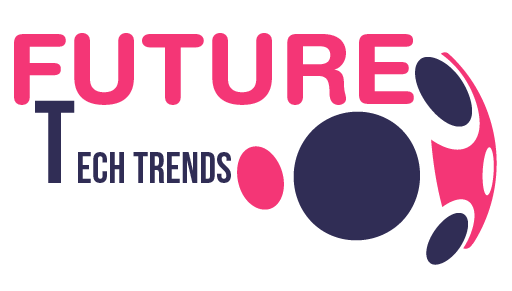Identifying individual ingredients in a dish can be a fun but challenging task, even for seasoned chefs and food scientists. Now, thanks to advancements in AI technology, a robotic taster is emerging that may surpass human taste abilities. Researchers at Penn State have developed an AI-powered electronic tongue capable of detecting subtle differences in flavors that even trained professionals might miss.
In a recently published paper, the team demonstrates how their AI system, combined with this electronic tongue, can accurately detect everything from the amount of water in milk to the blend of beans in a coffee mix. It can even detect early signs of spoilage in fruit juice, which would be imperceptible to human taste buds.
Advanced AI Taste Analysis
While electronic systems for identifying food components, such as acidity or temperature, have existed for some time, Penn State’s innovation takes this concept further. By using AI to mimic how humans process flavors, the researchers have developed a system that interprets taste much like the human tongue, nose, and brain work together.
The breakthrough technology relies on ISFET sensors (graphene-based ion-sensitive field-effect transistors), which can measure multiple chemical compounds simultaneously. Instead of needing separate sensors for pH or temperature, the AI-powered tongue provides a holistic analysis of the food. The data collected from the sensors is complex, but the AI uses a neural network to quickly and accurately interpret the results.
AI-Powered Flavor Identification
After training the AI system, the neural network was able to identify different types of soda and the freshness of juice with over 80% accuracy. When allowed to develop its own methods for analyzing the data, the AI’s accuracy shot up to 95%. The AI system rarely gave a wrong answer, far exceeding human detection abilities in certain cases—such as identifying when milk is about to spoil, even if it’s not yet perceptible to people.
This technology simulates the human experience of taste, but with a level of precision that can detect nuances far too subtle for human senses.
Beyond the Kitchen: Future Applications
The applications for this AI taster go beyond just food and beverages. While ensuring food purity and freshness is a natural fit for this technology, taste is ultimately about detecting chemicals. This means that the AI taster could be used in a variety of fields, including industrial manufacturing and medical diagnostics. For example, it could potentially detect biomarkers of disease or subtle changes in a person’s health.
Though these applications are still in the conceptual stage, the electronic tongue offers a promising glimpse into the future of AI-assisted analysis, from the kitchen to industrial and medical uses.



